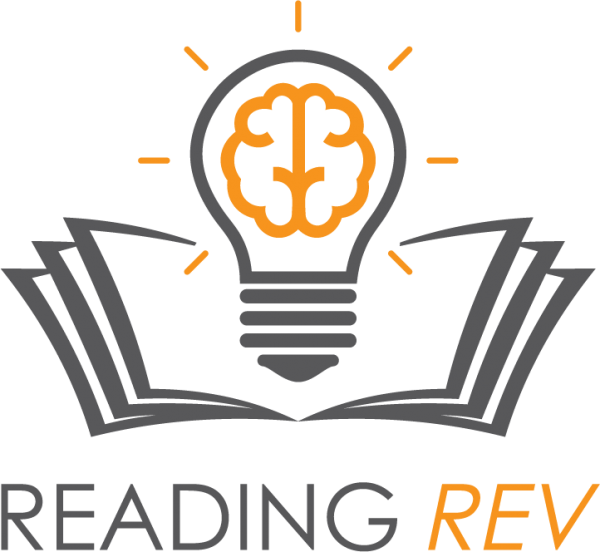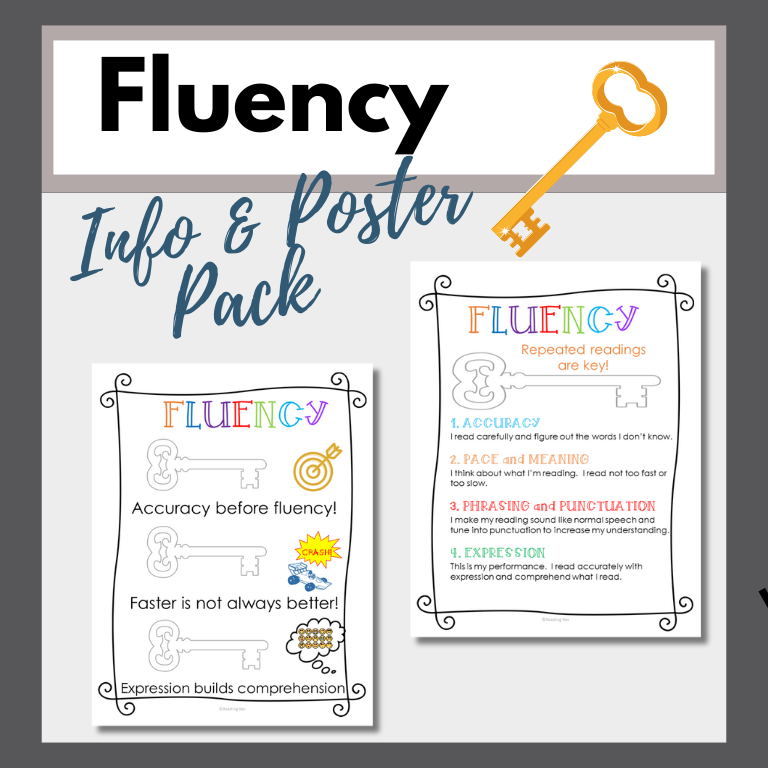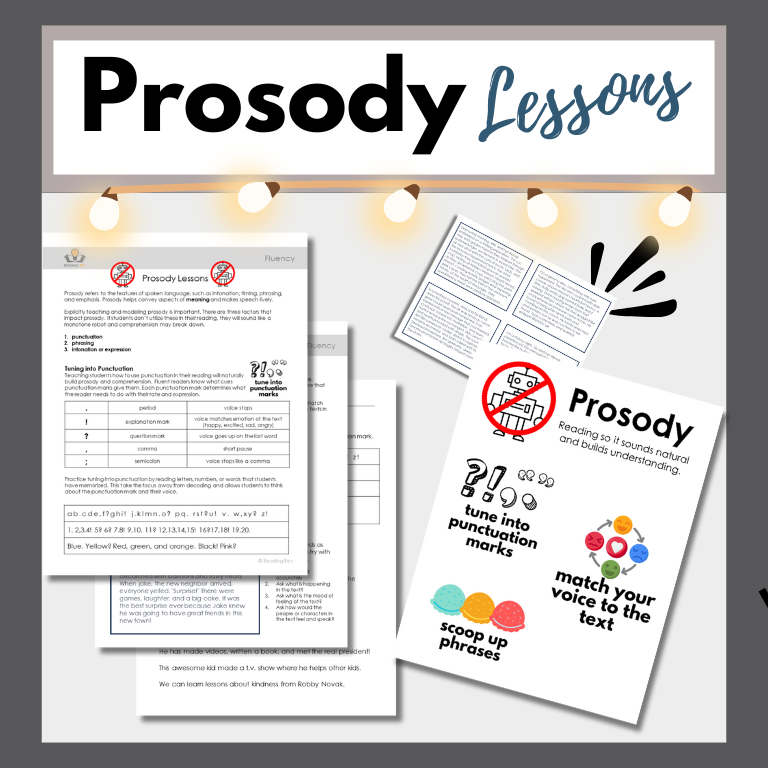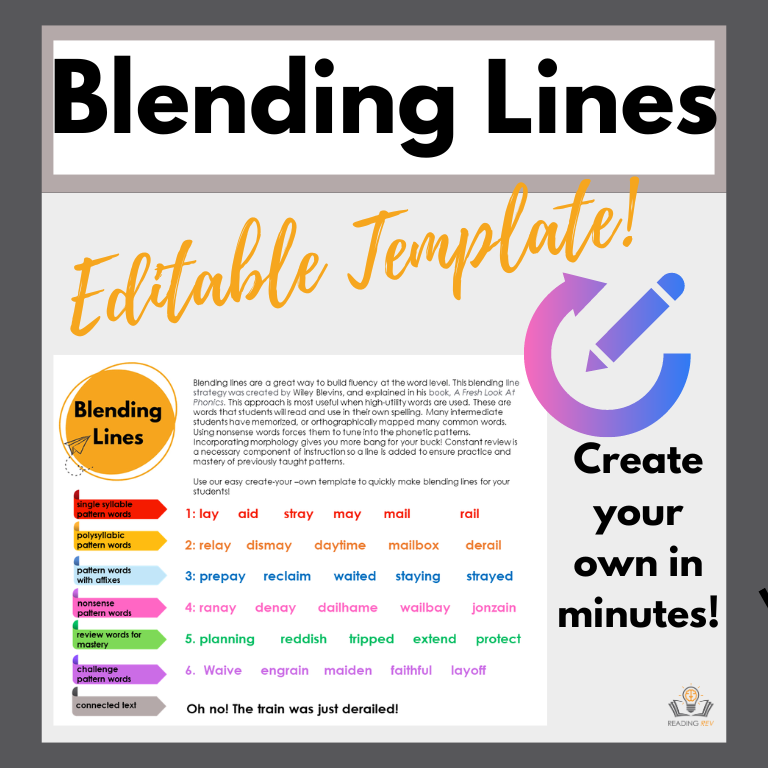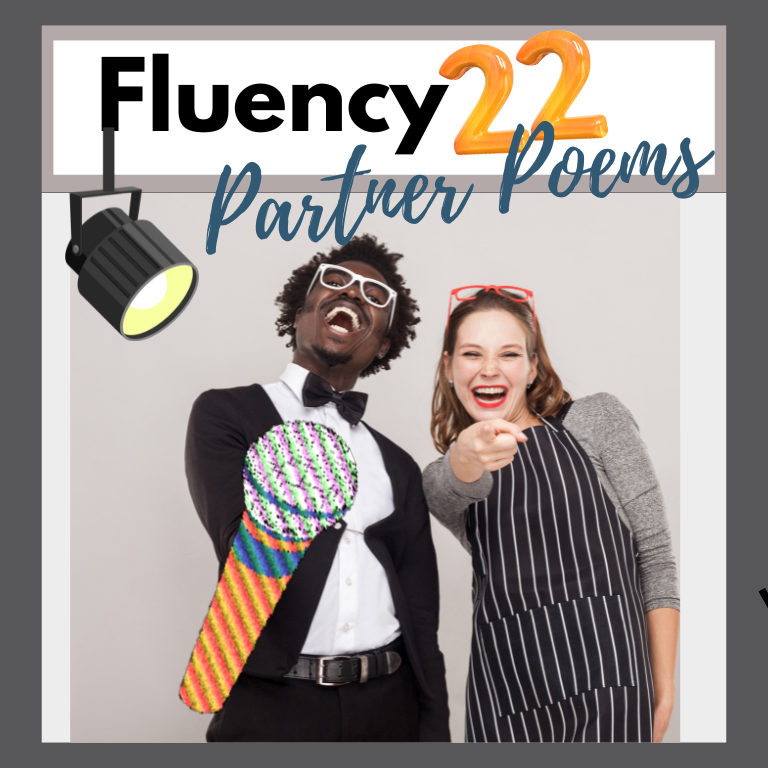Building Fluency in Intermediate Grades
Fluency is the bridge that connects phonics and comprehension. If a student is laboriously reading word by word, comprehension often suffers. We need our students to read accurately and fluently so the focus can be on meaning making and learning.
I’ve had several conversations with amazing teachers lately questioning our fluency teaching routines. So often we put great emphasis on words per minute, and it becomes the focus of our student reading goals.
However, with all the stopwatches, graphing, fluency programs, and anxiety… we are not really seeing the reading gaps close. What are we doing wrong? Should we put emphasis on fluency at all? What can we do differently to see real change?
9 Tips for Fluency Success!
#1- Just like other reading components, fluency has a progression. If a student is not a fluent reader, we need to drill down and find the out what gaps or deficits are causing the problem. Simply giving more grade-level passages will rarely fix the problem. Begin fluency practice at the sound, word, phrase, and/or sentence level.
Drilling Down- How low should you go?
As low as you need to in order to achieve success. Then, build back up as quickly as you can.
Phonological Awareness
Phonemic awareness
Alphabetic principle
Blending sounds into words
Accurately reading regular and irregular words
Automaticity - rapid word recognition
Accurately reading multi-syllabic words
Automaticity - rapid multi-syllabic word recognition
Reading Phrases
Reading Sentences
Reading Connected Text
#2- Accuracy before fluency!
There is no benefit to working on fluency if the student is not first accurate with the text. Fluency is often the most beneficial when at a student’s independent reading level and 95% accurate.
Just like learning other complex skills, students need to gain accuracy and mastery of the basics before moving to the complex. However, even at higher levels, fluency practice is still necessary and beneficial.
Students should be taught how to read complex sentence structures and then given opportunities to gain fluency at that level too.
#3- Rereading a text is useful, but only when constructive feedback is given by a fluent, accurate reader. Practicing mistakes doesn’t help!
#4- Each rereading should focus on a different component of fluency (accuracy, rate, phrasing and punctuation, and expression). You can get our explicit fluency lessons, anchor charts, slide decks, and activities in the Reading Rev VIP Site.
#5- Explicitly teach kids that faster is not always better!
Race-car reading is not the goal. We should not read aloud faster than normal conversation pace.
“Speed is not the point, and a speed focus can be harmful; rather, swiftness is one outcome of more fluent reading. Much like driving, pace picks up with proper learning and sufficient practice- not by speeding a lot. Nobody promotes dangerous driving. Why encourage reckless reading- even inadvertently? A reader not paying much mind while reading, not staying alert to sense, is truly a danger.”
~Birsh and Carreker
#6- The end goal is always comprehension! Fluent reading frees up the student’s mental desk space to comprehend. Speed is not as important as making space for comprehension to naturally occur. Teach students how to think about what they read, how to engage with the text, and how to monitor comprehension during fluency practice! The more integrated your lessons, the better!
#7- Re-readings and fluency practice can be fun!
If you are using a fluency program, it’s your job to bring it to life! Check out Reading Rev strategies to build student engagement. End the dread of fluency practice! Poetry Slams, Reader’s Theaters, Oscar Showdowns, and Radio Reading are all engaging ways to practice fluency! Check out how we bring Read Naturally to life for free here.
#8- Fluency practice is not just for primary students. Older kids need fluency practice as well, but re-reading is often left out in intermediate grades. You can kill two birds with one stone by providing weekly fluency passages that relate to your novel studies or content. These passages reinforce vocabulary, comprehension, and test-taking skills! Check out a sample here.
#9- Use anchor charts, student note catchers, and interactive notebook graphic organizers to teach kids the purpose of fluency practice.
These fluency lesson plans and resources (along with SO much more) are available in Reading Rev’s VIP Library.
Our final advice, fluency practice should not feel like a punishment or additional work. It can become part of your engaging, structured literacy lesson.
Comment below with your favorite fluency tips!
One knowledgeable, compassionate teacher can change everything.
~Bri
